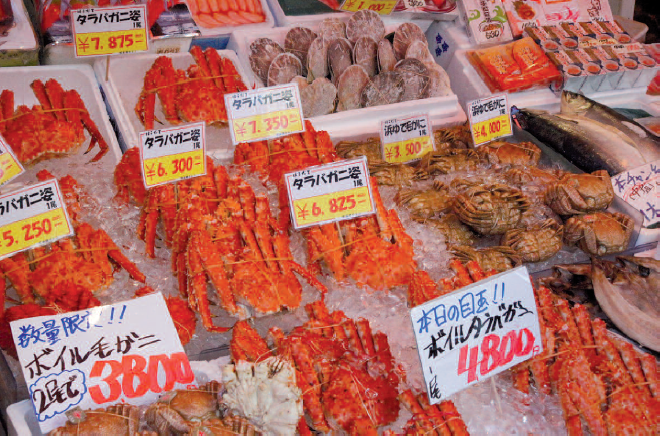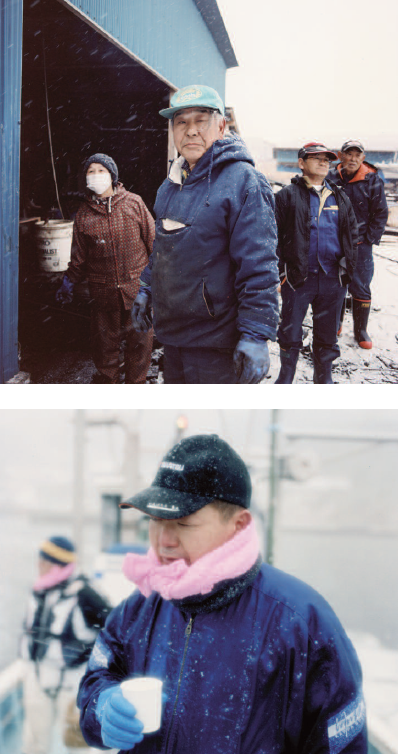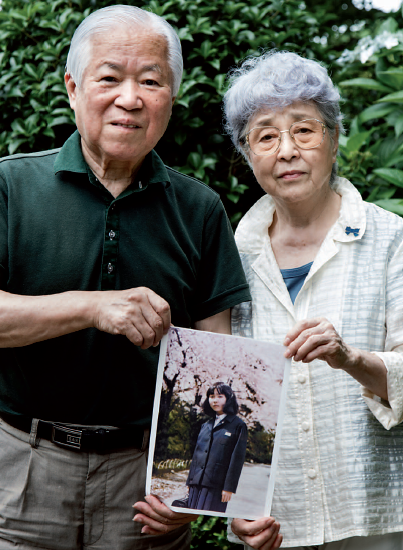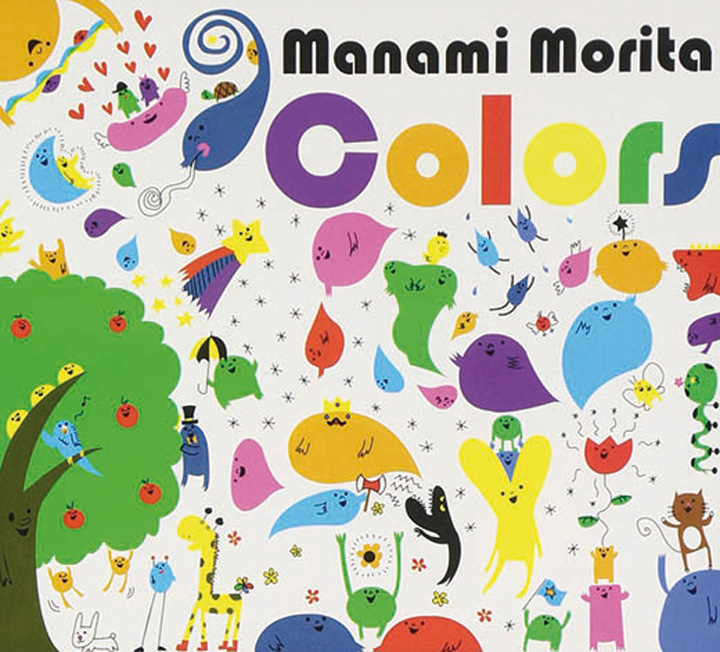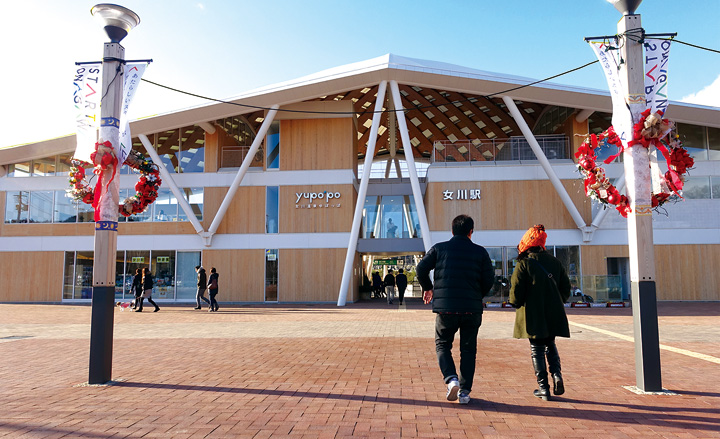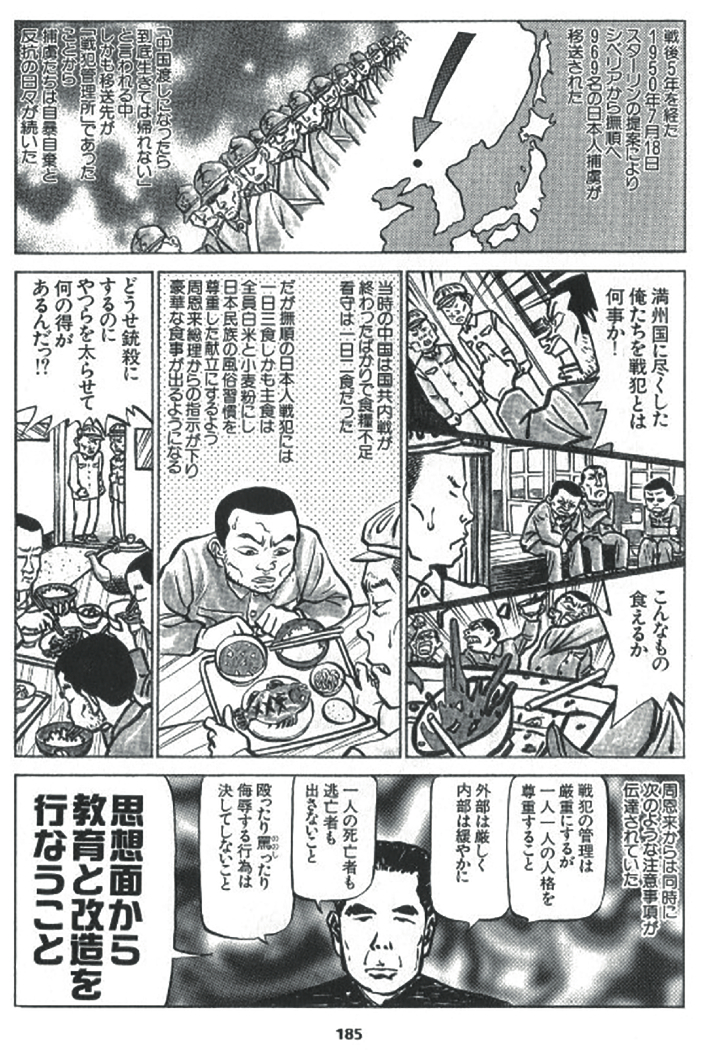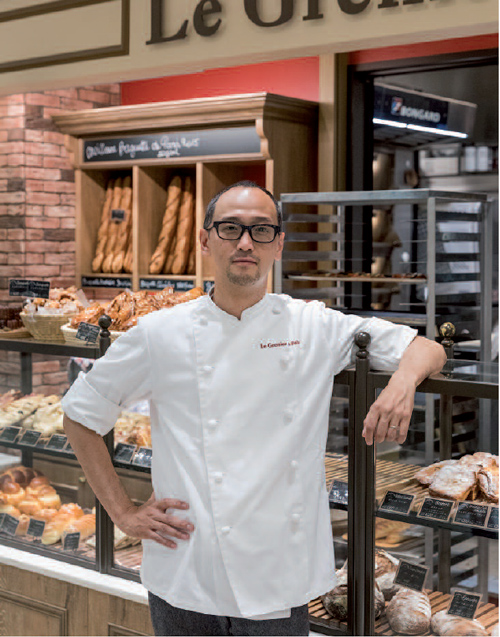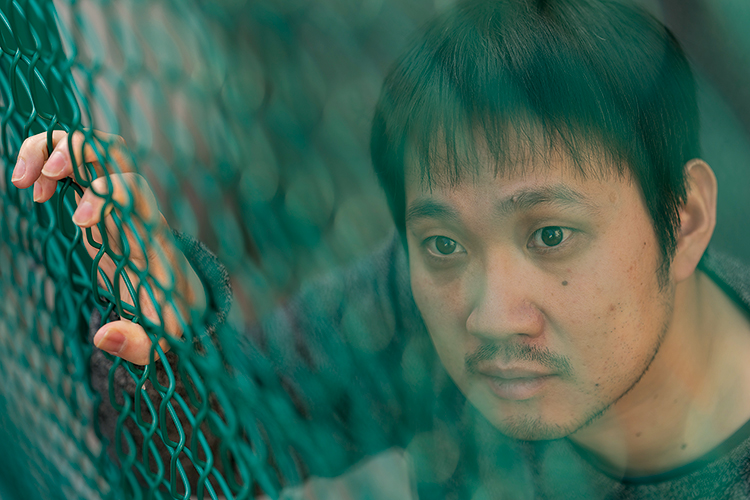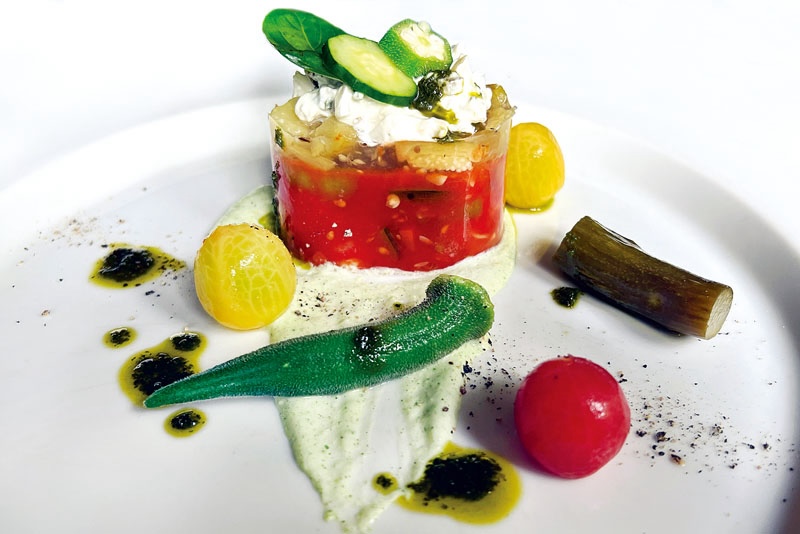
By their nature, humans are omnivorous animals, and the Japanese are by no means an exception. Today’s Japanese diet ranges from meat to fish, vegetables and any food considered even remotely edible, and all TV channels are chock full of shows devoted to fine dining, new food trends and cooking lessons. However, in recent years, awareness of food issues has increased around the world. In Japan, for instance, food safety has often been featured in the news due to food fraud and unhealthy conditions in food factories.
There is also another problem. Meat and fish may be delicious, but in order to eat them you have to kill animals.
An increasing number of people worldwide are having doubts about modern food culture and are trying to adopt a vegetarian or vegan diet that is less harmful to humans, the earth and other ecosystems. While the Japanese have been slow to adopt vegetarianism, the local movement is making inroads throughout society and finding vegan restaurants, at least in the major cities, has become easier.
By now, most people know that vegetarianism is a diet that avoids some or all animal foods (meat, seafood, eggs, dairy products, etc.). People practise it for health, ethical or religious reasons. Vegans go one step further and avoid not only food but also products that use materials obtained from animals unless it is practically impossible to do so.
While many people tend to associate this movement with post-industrial society’s newfound awareness of animal rights, the earliest records of vegetarianism date back to the 7th century BCE to the Indus Valley Civilization of the Indian subcontinent, which taught tolerance and respect for all forms of life. India is the birthplace of the idea of nonkilling, and sects promoting vegetarianism have existed for at least 2,000 years. Currently, Hinduism and Jainism are the most representative religions that originated in India and encourage vegetarianism, with 31% of the population being vegetarians.
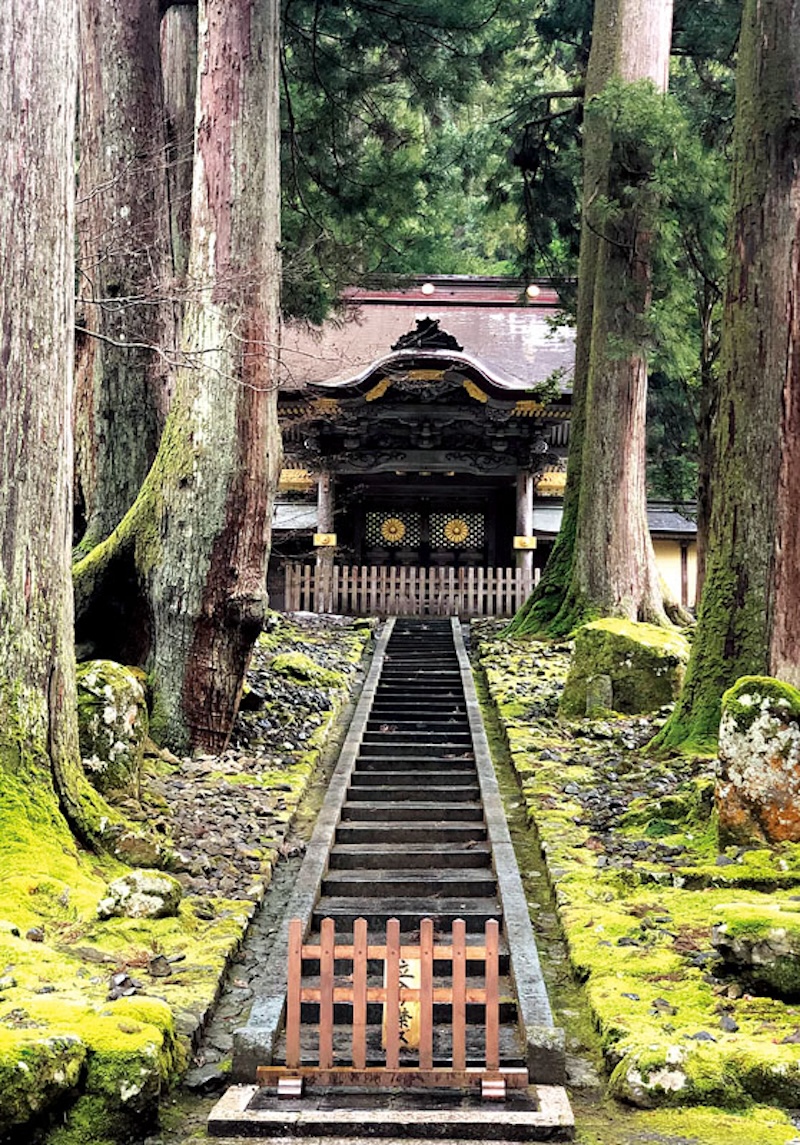
Vegetarianism was also practised in ancient Greece and Egypt where vegetarian diets were observed for medical and purifying reasons. The Pythagorean Order, founded by the Greek philosopher Pythagoras (582 BC – 496 BC) in the 6th century BCE, disliked meat and did not kill animals. They thought that eating meat was equivalent to murder and a form of cannibalism. It is unclear whether Pythagoras actually advocated vegetarianism, but since he has been well-known to people in the English-speaking world since ancient times, vegetarians were called Pythagoreans until the term vegetarianism was coined in the 19th century.
With the Christianization of the ancient Roman Empire, vegetarianism virtually disappeared outside India, but was revived during the Renaissance and became more widespread in the 19th and 20th centuries.
The Oxford English Dictionary, the authority on English vocabulary, already listed the word “vegetarian” in 1839 and 1842, a clear sign that it was already used in the UK at that time. On 30 September 1847, the British Vegetarian Society was established. They went on to encourage general social reform movements such as opposition to silk and leather products and animal experimentation. The American Vegetarian Association was founded in 1850, the German society in 1866, and the International Vegetarian Union was launched in 1908.
In Japan, the English word “ vegetarian” is now commonly used (though not always fully understood), but there also exists a Japanese translation for vegetarianism, saishoku-shugi (菜食主義). This term was introduced in the mid-Meiji period (early 1890s), and a social movement began in the late Meiji period (1910s). However, a vegetarian diet was already part of ancient Japanese culture.
For example, Emperor Tenmu (631-686) took an interest in several religious cults including Taoism and Shintoism and promoted Buddhism as the country’s national religion. During the Nara period (710-794), he established the Ritsuryo system under which killing animals was prohibited and eating meat in general became taboo. More specifically, the emperor banned the consumption of domesticated animal meat (horses, cattle, dogs, monkeys, birds) from April 1 to September 30 each year. Hunting and fishing methods were also restricted.
It has been pointed out that the months between April and September correspond to the rice growing period. The finding of animal bones in Kyoto is also proof that cows and horse meat were eaten in the capital at that time. In addition, deer and wild boars were considered pests in rice cultivation, and though methods of hunting them were regulated, eating their meat was not prohibited. In other words, experts now agree that Tenmu’s edict, far from being a complete ban on meat-eating, was rather a means of promoting rice cultivation in order to secure stable tax revenue.
That said, similar laws and regulations were repeated in later periods, and even though from the late 12th century Kamakura Buddhism abandoned strict vegetarianism, the Japanese gradually began to view meat-eating itself as impure and ostensibly began to distance themselves from it. A major role in that approach was played by Zen Buddhism, first introduced in Japan from China in the 12th century, which preaches discipline and self-restraint. Two of Zen’s traditional schools, Soto and Obaku, developed their own brand of vegan cuisine, respectively called shojin and fucha, which do not use any animal ingredients.
Even during the Edo period (1603-1867), ordinary people’s diet consisted of rice, miso soup and a “main dish”, which more often than not was made of vegetables or grains. Even fish, so often associated with traditional Japanese cuisine, was considered a valuable food that was only served at festivals and celebrations, the notable exception being fishing villages where it was eaten on a daily basis. In other words, the daily diet of many Japanese people was more or less vegetarian or even vegan.
The forced opening of Japan in the Meiji era (1868-1912) led to the introduction of many Western customs, and eating meat became widespread among the political and cultural elite who were trying to imitate European and American lifestyles including their eating habits. However, even at the end of the Meiji period, meat consumption was extremely rare among the general population. In fact, consumption of livestock products did not really increase until the end of the Pacific War, mainly due to the influence of the United States’ agricultural marketing strategy. Finally, in the 1950s and ‘60s, with the wholesale adoption of a Western diet and explosive economic growth that gave people unprecedented buying power, meat and fish products entered most homes and restaurants.
Fast forward to the 21st century, and vegetarianism is still embraced by only a small minority of people. According to a 2014 survey by the Japan-based Animal Rights Centre, vegetarians amounted to 4.7% of the population, while vegans (according to the Japan Vegetarian Association, also known as pure vegetarians) were 2.7%. On the other hand, more people seem interested in adopting different eating habits, while anti-livestock movements have been slowly and silently spreading around the country.
A similar survey conducted in January 2023 by Vegewel.com, Japan’s first web portal specializing in plant-based foods, gave similar results with a vegetarian rate of 5.9%.
However, Vegewel introduces a new category that they call “flexitarians” (also known as “semi-vegetarians”) or people who without being vegetarians, consciously reduce their intake of animal foods. In the same survey, in response to the question “Do you consciously reduce the amount of animal foods you eat, such as meat and fish?”, 26.1% of respondents answered “yes”, an increase of 3.1% from the previous survey (December 2021). More specifically, regarding the frequency of reducing animal food intake 18.2% said every day, 25.9% once every three days, 32.1% once a week and 11.6% once a month. So it appears that a plant-based diet is slowly but gradually becoming more widespread in Japan.
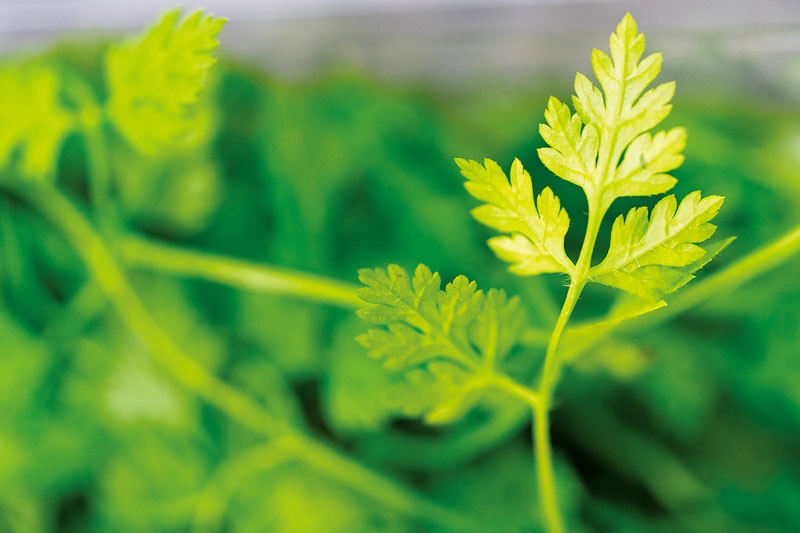
Any talk about vegetarianism and veganism cannot fail to mention Japan’s long-time relationship with Buddhism, a religion that is against killing all living things. While eating meat is not explicitly prohibited (there are no sutras claiming that eating meat violates the precept of nonkilling, and there are also accounts of lay believers having their servants buy meat to feed the Buddha) and treating some diseases through a meat-based diet is explicitly allowed, it is also true that the northern Mahayana Buddhist scriptures emphasize the bodhisattva path of avoiding meat-eating based on compassion for all living things.
The Mahayana vegetarian diet is the origin of shojin ryori, a kind of Buddhist cuisine that is an essential meal for monks. Though plant-based food is considered important as part of a monk’s training, it also began to be prepared in private households and restaurants for ceremonial occasions (Obon festivals, etc.).
Shojin cuisine expressively prohibits two types of ingredients: animal-related food such as meat, fish and eggs as well as gokun (garlic, onions, chives, green onions and rakkyo or Japanese scallions) because they stimulate “earthly desires” and have a strong smell. Accordingly, it is based on cooking and eating plant-based ingredients such as vegetables, beans and grains creatively prepared in many ways.
Until the concept of eating raw vegetables as a single dish, such as in a salad, became established in Chinese and Japanese food culture, vegetables and legumes had to be cooked. Indeed, one of the characteristics of shojin cuisine is that it often requires time-consuming and labour-intensive preparations such as removing the bitterness and boiling the ingredients in water. For example, soya beans are highly nutritious and contain plenty of protein, which is often lacking in vegetarian diets, so they have been actively incorporated into vegetarian cuisine in Japan. However, they are difficult to eat raw. For this reason, products such as tofu, miso, soya sauce, soya milk and yuba (tofu skin) were created to improve flavour, preserve food for a long time, and avoid the boredom of eating the same things every day.
These complex cooking techniques were originally researched and developed by people in temples and the surrounding areas, including the imperial court, where shojin ryori was commonly consumed, and in turn have influenced many chefs and researchers, contributing to raising the standards of the culinary field as a whole.
In particular, the influx of Zen Buddhism after the Kamakura period contributed to the development of vegetarian cuisine. Although fish and birds were part of Japanese cuisine up until the Heian period (794-1185), they tasted bland and had to be seasoned after cooking, leaving many aspects of the cooking process underdeveloped. In comparison, the cuisine of Zen Buddhism was vegetarian, but was strongly flavoured and seasoned to a level that would satisfy both the samurai and ordinary people who worked hard and craved tasty food. Even today, preparing food is an important part of training at Eiheiji, one of Zen Buddhism’s two main temples.
Seasonings and cooking utensils as well as new cooking techniques developed by the monks were introduced into Japanese cuisine. At the same time, such ingredients as tofu, konjac (a root vegetable) and hijiki (a kind of seaweed) were introduced as essential ingredients for vegetarian cuisine.
Shojin cuisine emphasizes the five flavours (sweet, spicy, sour, bitter and salty) and the five methods of preparing food (raw food, boiling, baking, frying and steaming). The five colours are also important and ideally should all be part of a meal, for example, red beans, white rice, wheat, yellow root vegetables, green vegetables and fruits, mushrooms, and black-coloured seaweed.
Eiheiji-style vegetarian cuisine influenced the honzen cuisine that was popular from the Muromachi period (1336-1573) to the early Edo period. During the latter era, restaurants often subcontracted food from temples, and shojin cuisine was particularly enjoyed by artists and literary figures regardless of its connection with Buddhism. Additionally, kaiseki cuisine is also said to derive from vegetarian cuisine. Today, it has become synonymous with luxurious and expensive multi-course haute cuisine, but it was originally a series of simple dishes with seasonal flavours.
Today, many temples accommodate worshipers and tourists in lodgings and provide them with Buddhist vegetarian cuisine, allowing them to experience a part of Buddhist training. It’s common in temples of the Tendai and Shingon sects where pilgrimage to temples is an important part of the faith. In addition, at some temples one can taste shojin ryori without the need to stay overnight. In Tokyo, two such places are located in the western suburbs: Sankoin in Koganei and Yakuoin on Mount Takao.
Another kind of Buddhist vegan cuisine – less famous but equally important – is fucha ryori, which is more strongly influenced by cooking methods and dishes from China such as kenchin soup (root vegetables and tofu), simmered and stir-fried dishes and dim sum (large range of small dishes). This may be due to the fact that there were many overseas Chinese at the Zen temples in Nagasaki, which first adopted this cooking style and, even today, many tourists from China and Taiwan visit the city during the Obon holidays. These dishes were first introduced to Japan during the Muromachi period and early Edo period. In 1654, Ingen Ryuki, a Zen monk from China, came to Japan and in 1661 opened Manpukuji in Uji, Kyoto. He became the founder of the Obaku sect. At first, these dishes were mainly popular among Kyoto court nobles and samurai, but eventually spread to commoners. Even today, fucha ryori is strongly associated with the Obaku sect – the smallest of Zen’s three main schools. It’s very popular and easy to find in Kyoto both at Manpukuji and in many restaurants located around the temple.
Fucha literally means “giving tea to the masses” or “giving tea to a group of people who go to a tea ceremony” and refers to entertainment with tea. After a memorial or Buddhist service, a group of people gather together and share a meal in which seasonal vegetables, dried foods and beans (especially soya beans) are cooked and enjoyed with green tea. At the time, the custom of people sitting around a rectangular low table (chabudai) and sharing food from a large plate was considered very unusual and, even today, it is relatively uncommon in Japan.
Taste-wise, one of fucha ryori’s main features is the copious use of kudzu (root starch) and vegetable oil to give it a rich flavour. Many of the dishes are Chinese-style, such as kenchin (boiled vegetables stuffed with bean paste), deep-fried seasoned vegetables, vegetable scraps stir-fried and made into kudzu sauce, and imitation dishes (vegan dishes imitating meat or fish). Sesame tofu, for instance, is made in a way that resembles white fish sashimi. Sesame oil is used in Chinese-style cooking techniques such as stir-frying and deep-frying, which helped spread the use of oils and fats in Japan at a time when they were still uncommon.
Although traditional Buddhist vegan cuisine remains a niche aspect of the Japanese diet, more people are recognizing the fact that livestock farming in Japan contributes to a waste of resources and could lead to an environmental crisis. The increased consumption of livestock products requiring imported feed, for instance, is one reason for the decline in the country’s food self-sufficiency. The feed self-sufficiency rate remains at around 25%, and the livestock product self-sufficiency rate is languishing at a very low 15%.
While the Japanese market for meat substitutes is still small, both the authorities and consumers are becoming more sensitive to the need to find alternatives to our meat-centred diet. In 2019, for example, the Ministry of the Environment awarded the Minister of the Environment Award to Meat Free Monday All Japan (MFMAJ), which promotes not eating meat for at least one day a week. In March 2020, the new Basic Plan for Food, Agriculture and Rural Areas announced that: “In order to respond to diverse food demands, we will promote solutions that combine food and cutting-edge technology such as research and development of alternative meats using soya beans and other plant proteins.” In April of the same year, the Ministry of Agriculture, Forestry and Fisheries established the Food Tech Study Group to promote technological development through industry-academia-government collaboration and create new markets.
The Green Food System Strategy (Ministry of Agriculture, Forestry and Fisheries), which was approved on 12 May 2021, includes the promotion of alternative meat through collaboration between industry, academia, and government. Subsequently, the “White Paper on the Environment”, the “White Paper on Recycling-based Society” and the “White Paper on Biodiversity”, which were approved by the Cabinet on 8 June of the same year, mention that meat is a high source of greenhouse gas emissions. These documents were based on then-Prime Minister Suga’s declared intention in October 2020 to “reduce greenhouse gas emissions to virtually zero by 2050”.
On 20 August 2021, the Consumer Affairs Agency announced the labelling rules for alternative foods such as meat substitutes. Alternative meats, which are mainly made from soya beans, should be labelled as “made with soya beans” or “meat-free”, and if animal ingredients are used, for instance, for flavouring, it should be noted on the label. In December of the same year, it became known that the Ministry of Agriculture, Forestry and Fisheries had initiated the process of establishing JAS standards for “soya meat”.
Gianni Simone
To learn more on the subject, check out our other articles :
N°135 [TRAVEL] Vegan travel in Japan
N°135 [ENCOUNTER] Vegan writer Kato Hiroko
N°135 [CULTURE] Chef Noda Kotaro
Follow us !

